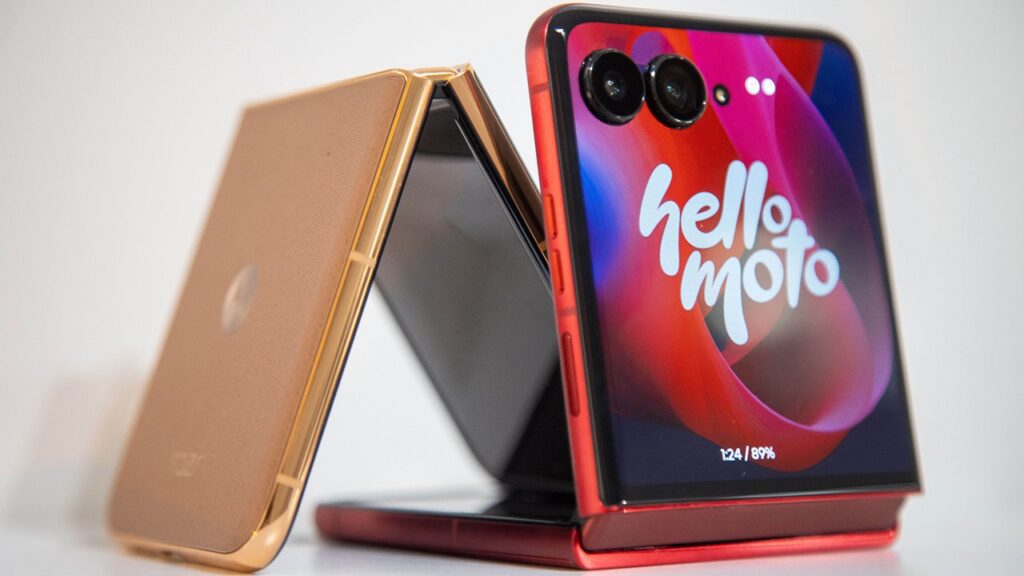Key Takeaways:
- 1. Foldable phones like Samsung’s Galaxy Z Fold and Flip, Google’s Pixel Fold, and Motorola’s Razr+ are exciting but come with a high price tag.
- 2. Foldable phones use ultrathin flexible glass over OLED displays with a mechanical hinge system that allows them to physically bend while displaying a full-resolution screen.
- 3. Despite being eye-catching and cool for early adopters, foldable phones are bulkier, fragile, and harder to protect than traditional phones, with battery life and software still lagging behind.
The latest foldable phones from Samsung, Google, and Motorola offer innovative designs and technology but come at a high price, starting at $999 for slightly more "affordable" models. While foldable phones are appealing to early adopters and tech enthusiasts, they are bulkier, more fragile, and harder to protect than traditional phones, with battery life and software still being areas of concern. Apple is rumored to be testing foldable iPhones for a potential release in 2026, emphasizing the need to wait for more seamless technology before investing in foldable phones.
Insight: Foldable phones offer exciting designs and technology advancements, but consumers should be cautious due to their high prices, fragility, and limitations in battery life and software compared to traditional phones.
This article was curated by memoment.jp from the feed source: Fox Scitech.
Read the full article here: https://www.foxnews.com/tech/foldable-phones-impressive-technological-marvels-come-serious-compromises
© All rights belong to the original publisher.



